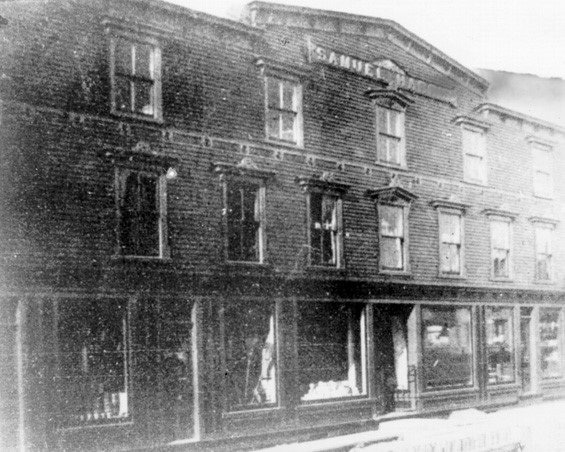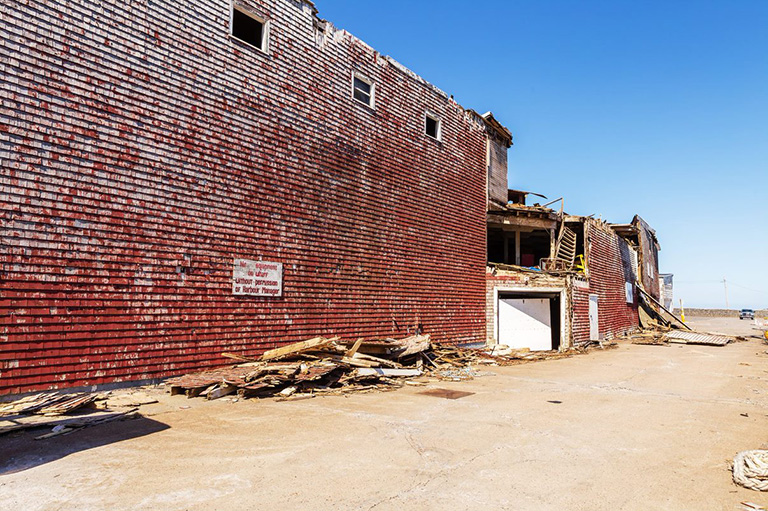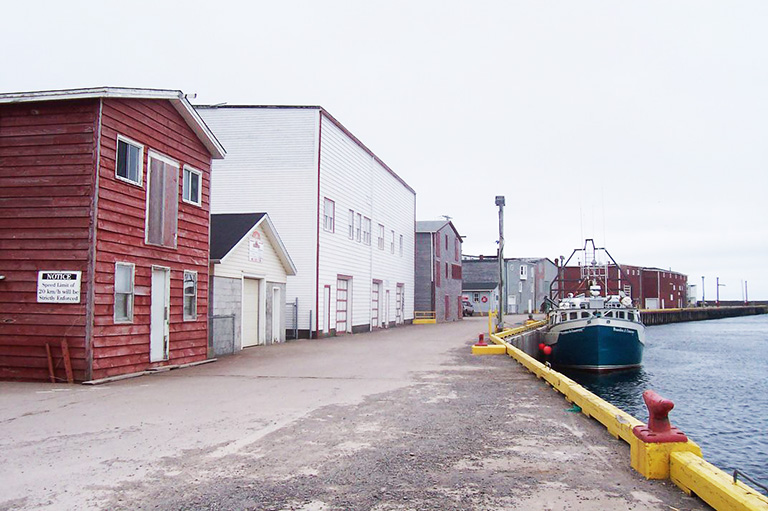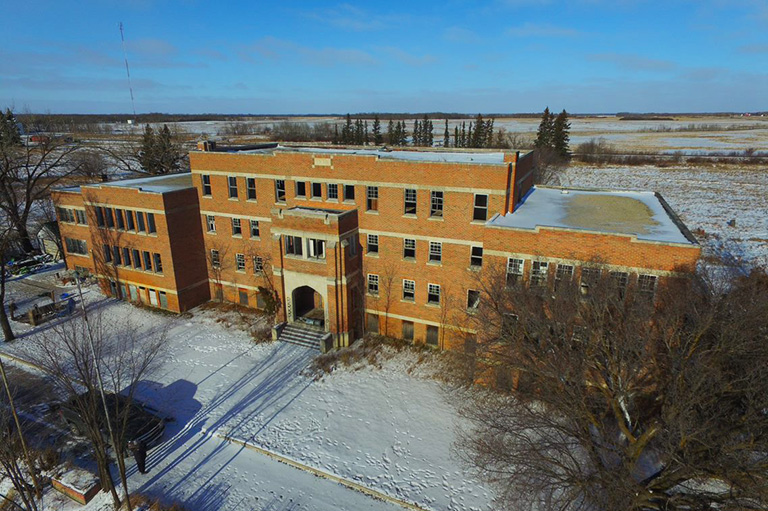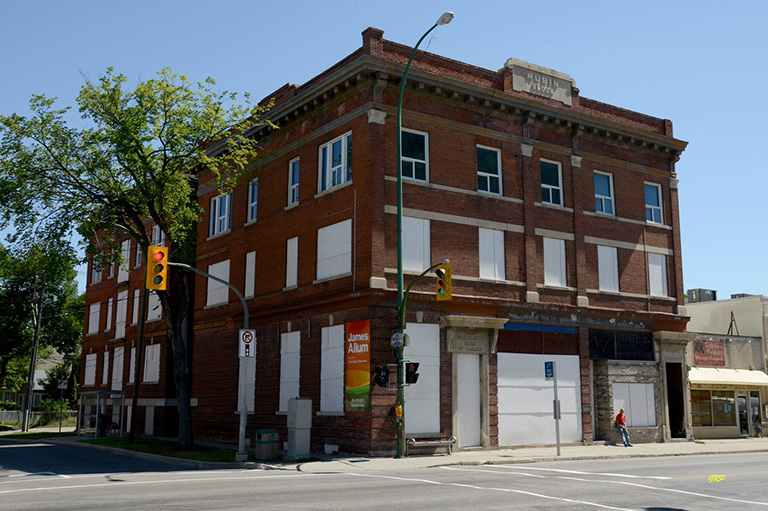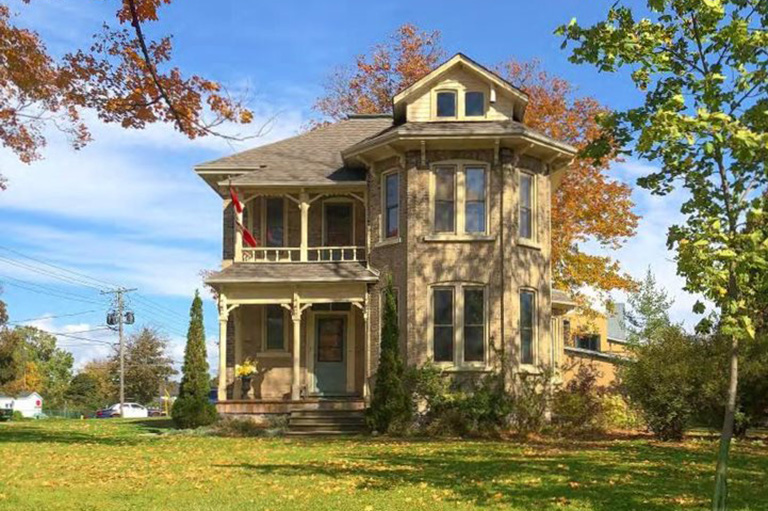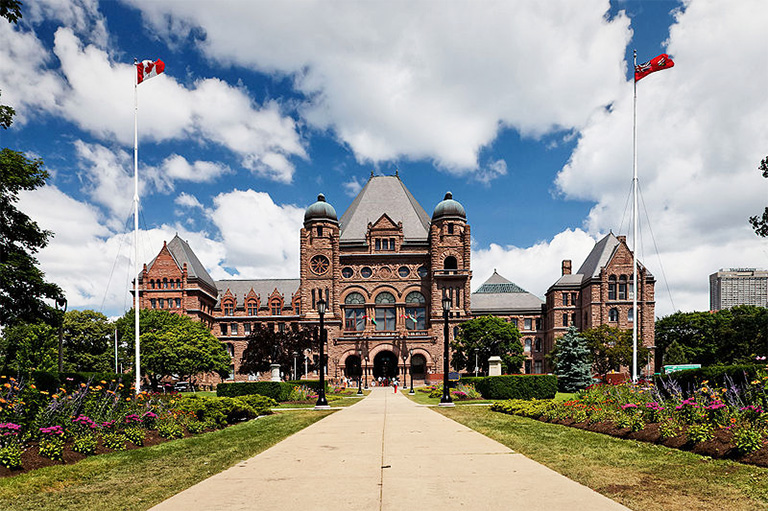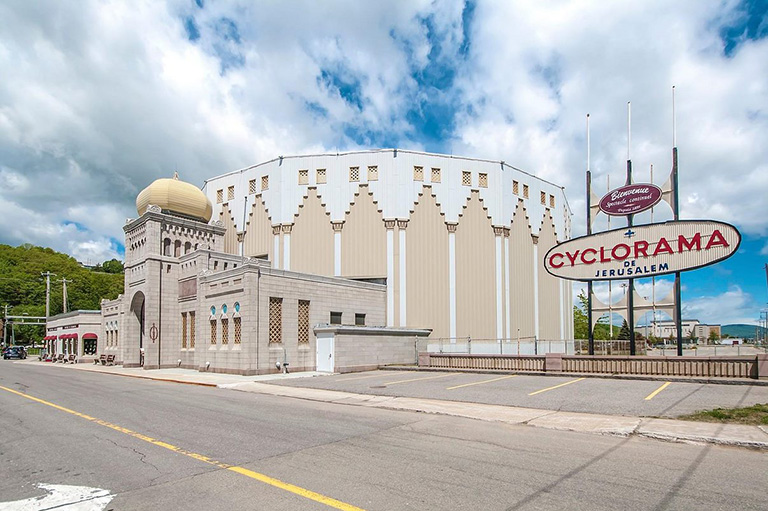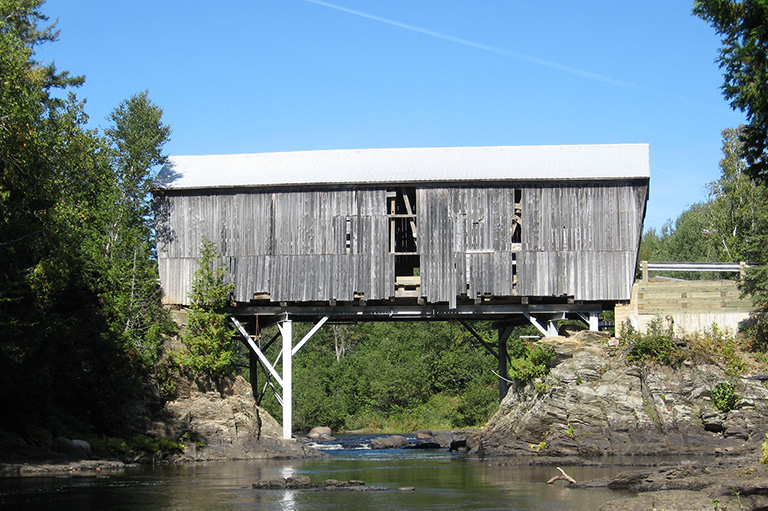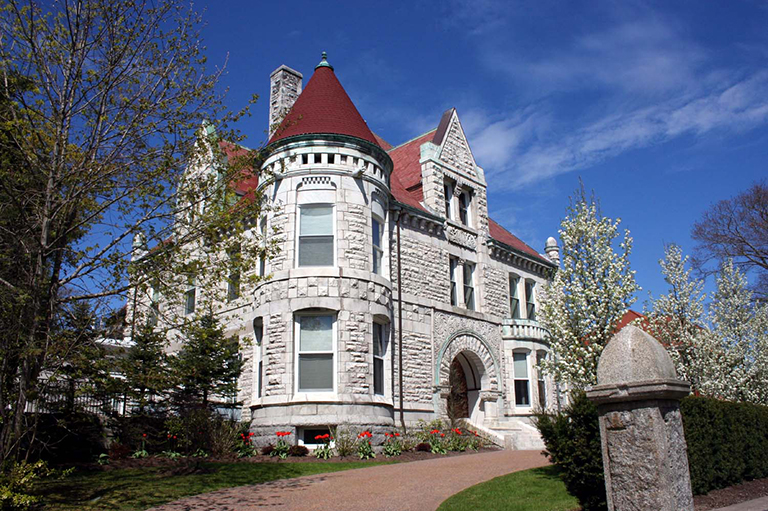Grand Bank Downtown and Waterfront
Location
Grand Bank, Newfoundland & Labrador
Why it matters
The historic waterfront and downtown core of Grand Bank retain the commercial buildings, timber warehouses and stately homes that testify to the town’s history as the bustling centre of the Grand Bank cod fishery.
More than any other community in Newfoundland, Grand Bank’s collection of buildings calls to mind the character of New England and Maritime seaside towns.
Why it’s endangered
The character of the town’s historic core and waterfront is ebbing away through the incremental loss and lack of maintenance provided to the significant buildings that could be the foundations of a revitalized Grand Bank.
The community’s multiple property owners, business and government leaders, and the heritage community need to collectively implement strategies that stem this tide, and that tailor the lessons learned in similar towns across the province and country to build on Grand Bank’s great potential.
This article is also available in French.
Canada's Top 10 Endangered Places List 2019
Themes associated with this article
Advertisement

